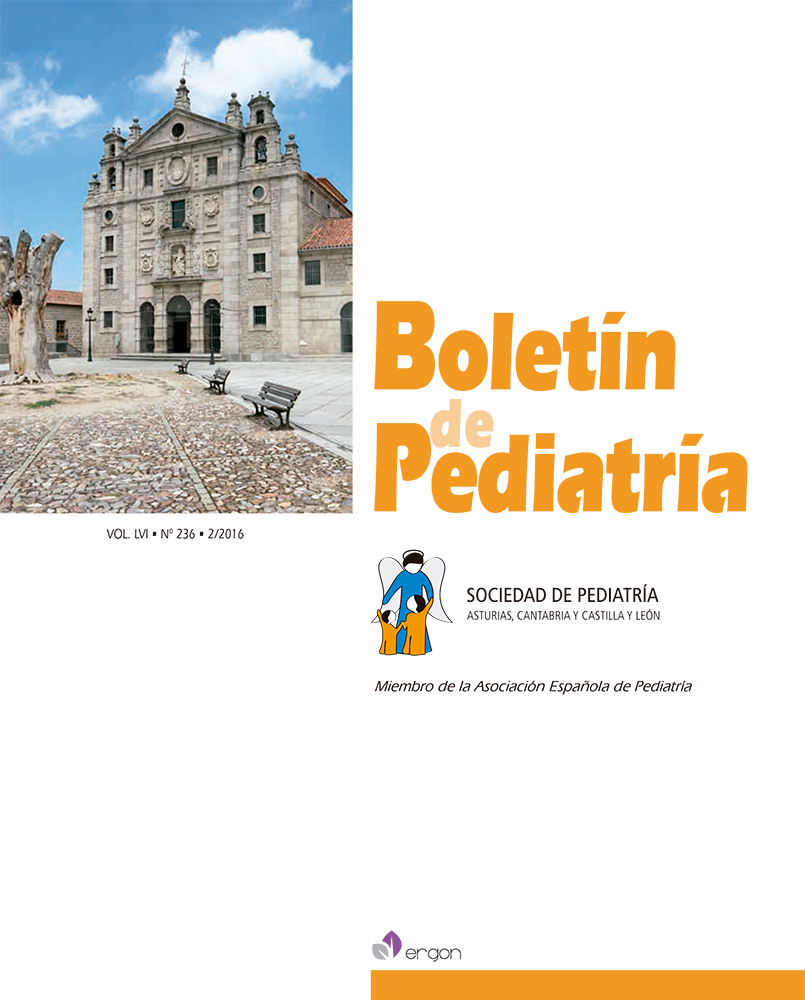Resumen
El virus Zika es un arbovirus transmitido por la picadura del mosquito hembra del género Aedes, predominando la especie Aedes Albopictus en la zona mediterránea. La principal forma de transmisión es a través de vectores, pero el virus ha sido aislado en diversos fluidos orgánicos, describiéndose casos de transmisión vertical, sexual y mediante derivados hemáticos. La posible transmisión a través de la lactancia materna todavía se desconoce. El virus Zika ha presentado una gran expansión en el último año, reconociéndose a día de hoy transmisión autóctona en 33 países de las Américas, por lo que el 1 de febrero de 2016 la OMS declara la infección por virus Zika emergencia de salud pública global ante la gran cantidad de casos notificados y a las posibles complicaciones derivadas de su infección en el ser humano. Tras la infección por el virus, solo el 25% de las personas afectadas presentarán sintomatología tras un periodo de incubación que oscila entre 3 y 12 días, desarrollando un cuadro banal con fiebre, dolores articulares, hiperemia conjuntival y exantema generalizado. Por el momento no hay tratamiento específico antiviral ni vacuna, por lo que el tratamiento es sintomático con antitérmicos, reposo y líquidos. La importancia radica en el aumento de casos de microcefalia y síndromes neurológicos detectados coincidentes en el tiempo con el brote de infección por virus Zika, lo que ha hecho sonar las alarmas de las autoridades de salud pública. En España, el Ministerio de Sanidad define el riesgo de transmisión autóctona del virus como un riesgo real, en base al análisis de diversos factores. En la actualidad hay un resurgimiento de los arbovirus, necesitando más estudios con los que podamos comprender el comportamiento de estos, y poder desarrollar estrategias de salud pública adecuadas, y vacunas y antirretrovirales efectivos.

Esta obra está bajo una licencia internacional Creative Commons Atribución-NoComercial 4.0.
Derechos de autor 2016 Boletín de Pediatría
